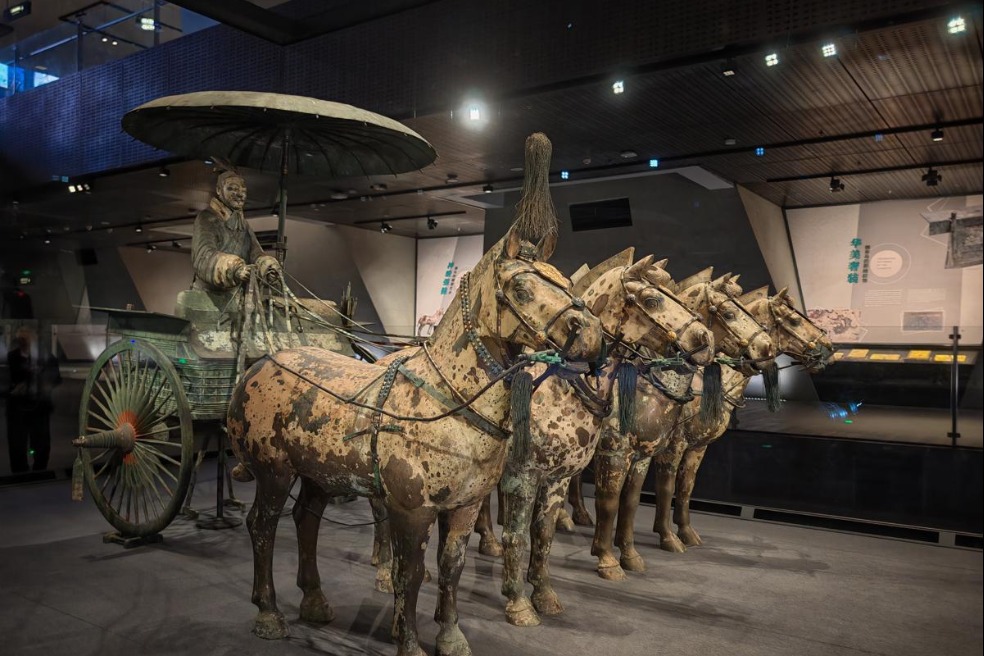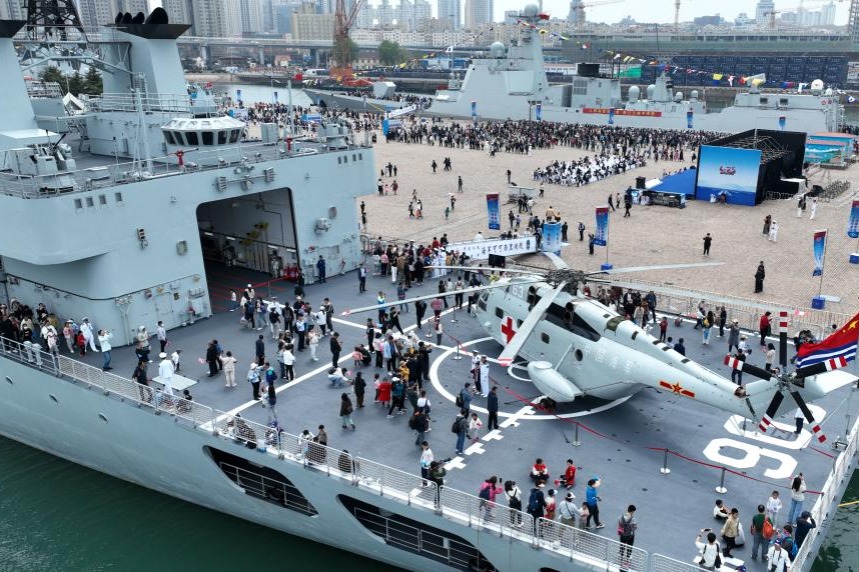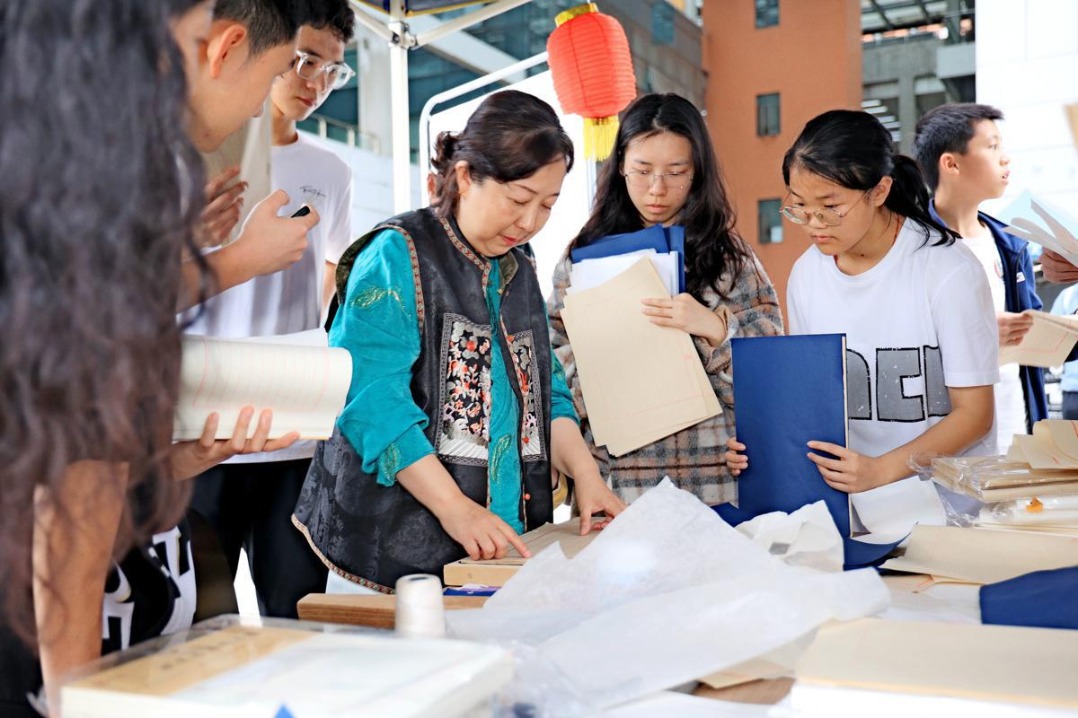China sends reusable experimental spacecraft into orbit

China launched a Long March 2F carrier rocket on Thursday from the Jiuquan Satellite Launch Center in Northwest China’s Gobi Desert, sending a reusable experimental spacecraft into orbit, according to the launch center.
It said in a news release on Thursday night that the test vehicle was scheduled to stay in orbit for a certain period of time and then return to its preset landing site in China.
During the orbital flight, it has been tasked with verifying reusable technologies and space science experiments, which will both be used as technical support for the peaceful use of space, the center said.
It did not elaborate on the details of the mission and the spacecraft, or publish pictures of the rocket liftoff or scenes inside the ground control hall.
The mission is the third that China has made public relating to reusable experimental spacecraft.
The country’s first orbital test of a trial vehicle took place in September 2020, with the craft in orbit for just under two days.
The second test started in August 2022 and the spaceplane stayed in the Earth’s orbit for 276 days before landing in May 2023.
The second test’s success marked a major breakthrough in China’s reusable spacecraft technology, which is aimed at providing a convenient and affordable way to travel between Earth and outer space, the Jiuquan center said after the experimental spaceplane’s landing.
Both spacecraft in the previous two tests – it is not known whether they were of the same type – were launched by a Long March 2F rocket from the Jiuquan center.
Currently, only China and the United States have reusable spacecraft, which were first initiated by the US in the 1970s. The icon of this concept – the US space shuttles – operated for three decades before their retirement in 2011 due to technical and fiscal difficulties.
In recent years, advances in science and technology have reignited the space industry’s enthusiasm for reusable spaceships, especially robotic spaceplanes such as the Boeing X-37B that are smaller, cheaper, and less sophisticated in design, production, and operation.
According to experts, reusable spacecraft will have a wide range of applications, including being used for space tours for civilians, transporting astronauts, resupplying space stations, and placing satellites into orbit at a lower cost than through traditional methods.
Thursday’s launch was the 22nd flight of the Long March 2F rocket model, which is usually used to launch China’s Shenzhou crewed spaceships. The rocket has a carrying capacity of just over 8 metric tons for delivery into low Earth orbit.
- New draft law requires improvement of energy development
- Chongqing Library expert educates students in book restoration techniques
- Xi Jinping on his love of books
- Experts hail China's progress in immunization
- Ancient bronze chariots and horses unveiled in Xi'an after restoration
- China kicks off National Conference on Reading, stresses cultural confidence





































